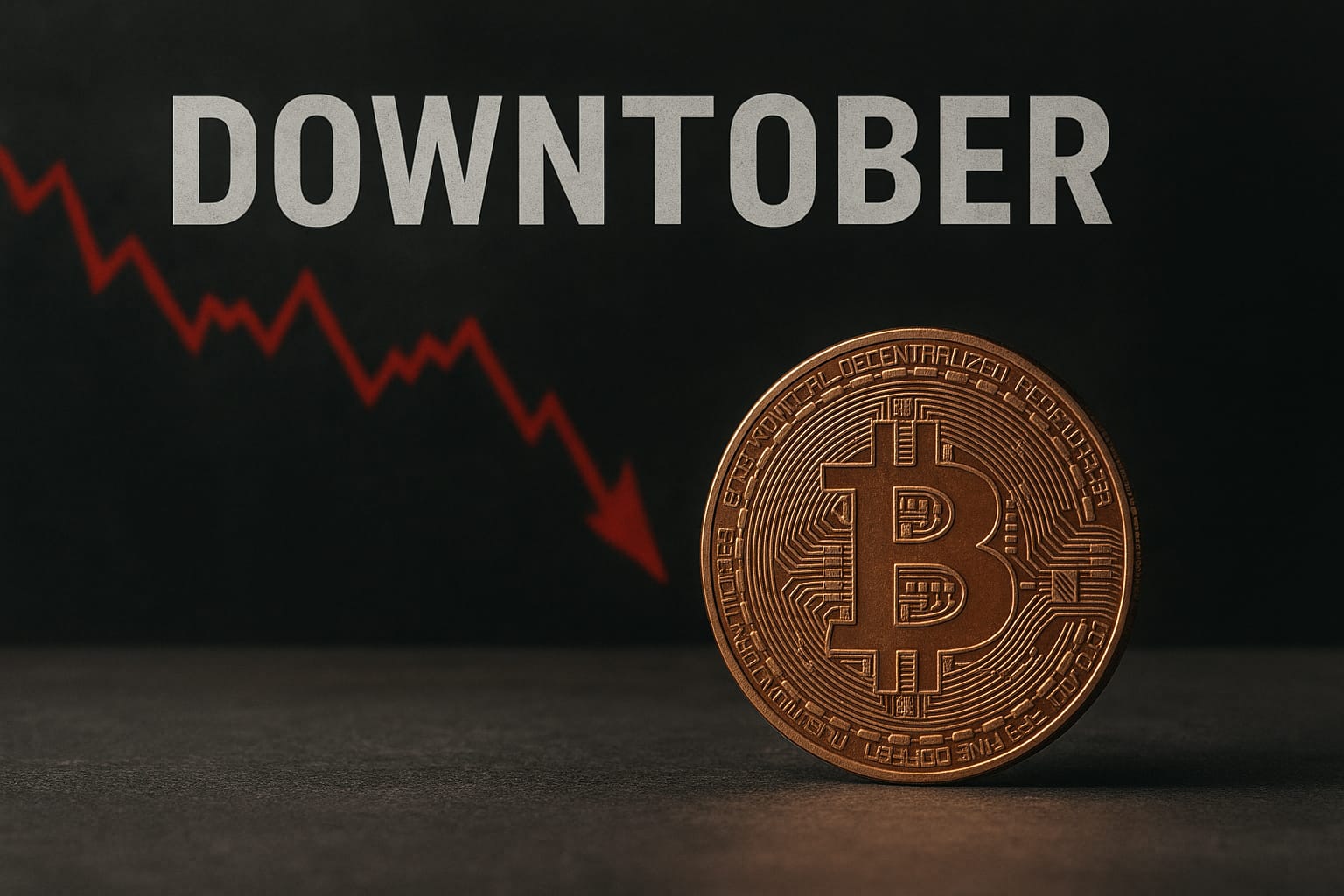Bitcoin Struggles in Volatile October Amid Escalating US China Trade Tensions

Bitcoin and the broader crypto market entered the week with cautious hope after a sharp sell-off triggered by the United States imposing 100% tariffs on China. The digital asset briefly climbed back toward recovery levels, but fresh pressures from the escalating trade conflict sent prices tumbling once more. As of late Friday, Bitcoin hovered between $104,000 and $106,000, marking a 2.75% decline for the week and underscoring the fragility of what was billed as Uptober.
Traders watched closely as the BTC failed to hold above $108,000 earlier in the period, with support levels now testing around $106,000. This downturn reflects wider market jitters, as global investors grapple with the ripple effects of heightened tariffs on supply chains and economic growth. Despite the immediate pain, Bitcoin’s role as a hedge against macroeconomic uncertainty continues to draw steady interest from various corners of the financial world.
Stay In The Loop and Never Miss Important Bitcoin News
Sign up and be the first to know when we publishResilience Emerges Amid Market Headwinds
Even as institutional investors adjusted their exposure to manage risk, the underlying strength of the sector shines through in several key developments. More than 110 publicly traded companies now maintain Bitcoin allocations in their corporate treasuries, a testament to growing confidence in its long-term value. Retail participants stepped in aggressively during the dip, injecting over $1.1 billion into spot Bitcoin markets, which helped temper the severity of the outflow from exchange-traded funds.
Analysts point out that similar pullbacks driven by geopolitical friction have historically lingered for months, often resolving only when broader risk sentiment improves. The current standoff between the United States and China shows no signs of quick de-escalation, keeping pressure on asset prices across the board. Bitcoin traders remain vigilant, with many viewing the current range as a critical battleground where buying interest could either solidify or give way to further declines.
Sentiment across the cryptocurrency landscape paints a picture of uncertainty, blending fear with pockets of guarded positivity. Bitcoin itself exhibits patterns suggestive of an ongoing correction, as prices oscillate without a firm upward trajectory. Investors have shifted some focus toward gold, which recently touched fresh all-time highs, reinforcing its appeal as a classic refuge during times of international discord.
This diversion highlights how traditional assets can siphon capital from riskier alternatives like cryptocurrencies when tensions rise. Yet positive notes persist, particularly with Ripple’s strategic push into corporate treasury solutions, which underscores blockchain technology’s expanding footprint in everyday finance. Such moves signal that innovation in the space continues unabated, even as external forces weigh on valuations.
Regulatory landscapes add another layer of complexity to the mix. The Securities and Exchange Commission has ramped up its examination of Nasdaq’s proposals for tokenized securities, prompting questions about compliance and oversight in digital markets. Across the Atlantic, United Kingdom authorities have intensified efforts to curb crypto-related tax avoidance, aiming to bring more transparency to transactions.
Institutional players show no signs of retreat, however. Prominent figure Arthur Hayes recently secured fresh funding for his ventures, betting on sustained growth in decentralized finance. Similarly, DeFi Development Corp announced expansions on the Solana network, targeting enhanced scalability and user adoption. These initiatives reflect a belief that the sector’s foundational trends will weather the storm.
As October lingers on, the cryptocurrency market braces for potential spillover into November. Volatility remains an inherent part of the asset class, often serving as the prelude to stronger phases. Recovery, when it arrives, will likely stem from renewed liquidity flows and a thaw in global risk preferences, rather than isolated price catalysts.
Bitcoin’s current positioning invites patience from holders, with the $104,000 to $106,000 corridor acting as a litmus test for near-term direction. The trade war’s fallout continues to dominate headlines, but the steady accumulation by retail and corporate buyers offers a counterbalance. In this environment, the focus stays on fundamental adoption metrics, which point to enduring relevance for Bitcoin regardless of short-term swings.
Looking ahead, market participants anticipate that clarity on tariff negotiations could unlock fresh momentum. Until then, the blend of caution and commitment defines the daily rhythm.

